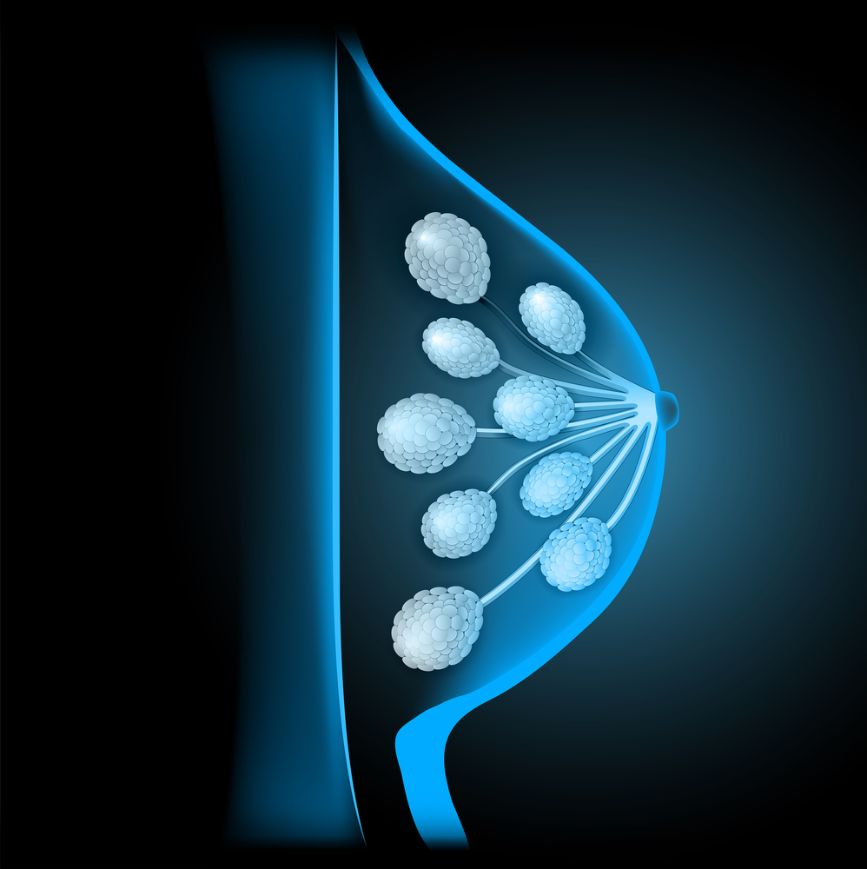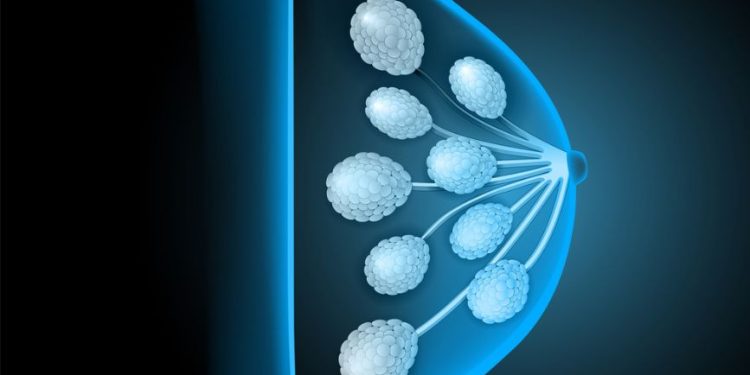Breast cancer is one of the most common types of cancer, but it can be difficult to detect in its early stages. Early detection of the disease, and treatment that starts before the cancer has a chance to spread, may save lives. Women should go to regular screenings and conduct breast self-exams, so that they are familiar with the normal look and feel of their breasts. If there is a change in breast appearance, swelling, pain or nipple discharge, it is important to consult a doctor immediately.
There are many different kinds of breast cancer, but a common early sign is a mass (lump) that doesn’t go away. The lumps can be in the breast or armpit and they might feel hard, rubbery, or like a pebble. They can also be painful, although some of them don’t hurt at all. Swelling of the armpit or collarbone is another symptom, but it could be a sign that the cancer has spread from the breast to the lymph nodes in that area.
In some cases, the first sign of breast cancer is a lump or thickening that is found on a screening mammogram or ultrasound scan. The lumps may be very small or hard to feel, and they often do not cause any symptoms, but the doctor should check it out.

If a lump is discovered, additional tests may be needed to determine whether it’s cancerous or not. If it is, it will help the doctor decide what kind of treatment is best for the patient.
Some types of cancer, such as ductal carcinoma in situ (DCIS) and lobular carcinoma in situ (LCIS), begin in the lining of the milk-producing ducts or lobules of the breast. These usually don’t cause any noticeable symptoms, but they can grow and eventually develop into invasive breast cancer.
Other cancers, such as angiosarcoma and phyllodes tumors, develop in the tissues that make up the nipple or blood vessels. These are rare, but they can also be aggressive and may lead to cancer.
A nipple discharge that is clear, bloody or another color can be a sign of cancer. However, it can also be caused by other medical conditions. It is a good idea to see a doctor if you have fluid leaking from the nipple, even if it isn’t constant.
A new lump in the nipple can be a symptom of cancer, but it also may be a cyst or fibroadenoma. A cyst is a collection of fluid, while a fibroadenoma is made up of glandular and connective tissue. Most of these are not cancerous, but it is a good idea to see a physician right away to be sure.









